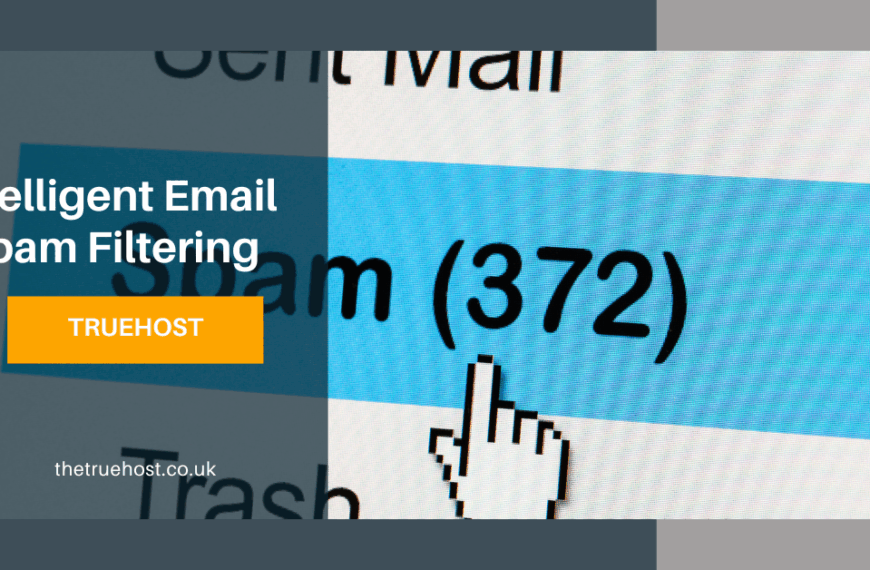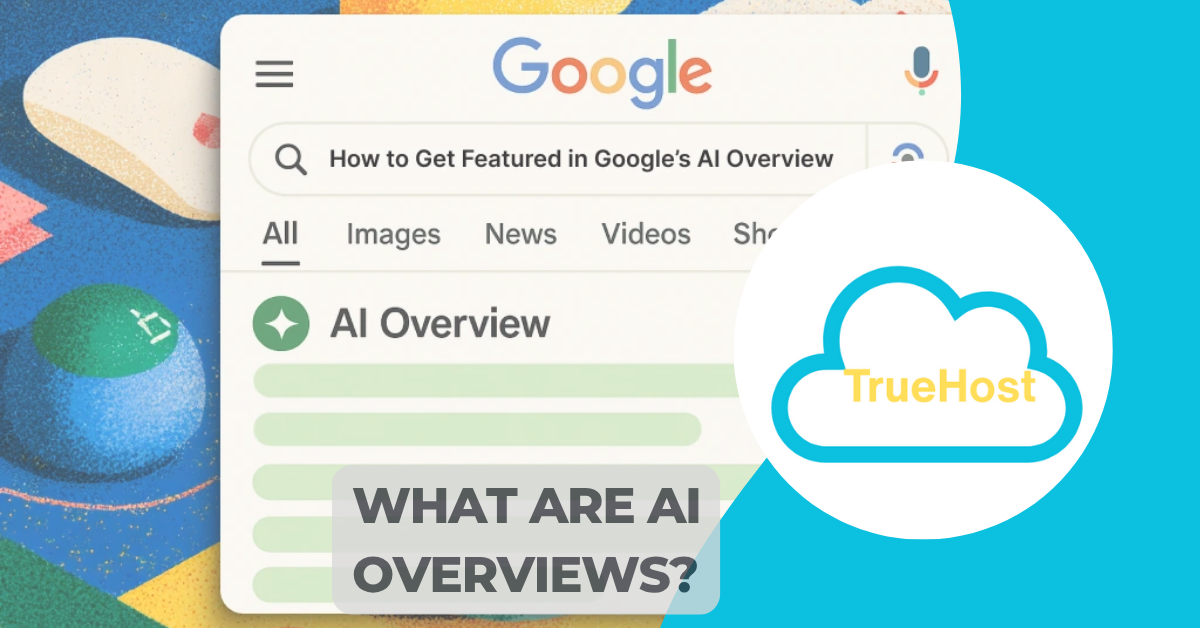Last updated on July 5th, 2025 at 06:34 am

Let’s be honest here—AI-generated content is everywhere these days, and if you’re running a website or blog in the UK, you’ve probably noticed the shift.
Whether you’re a teacher trying to maintain academic integrity, a content manager ensuring your brand voice stays authentic, or just someone who values originality, you’ve probably wondered: “How can I tell if this was written by a human or a machine?”
Well, you’re in luck. The arms race between AI content generators and AI detectors has given us some pretty sophisticated tools.
But here’s the thing, it’s not just about finding the right detector anymore. It’s about understanding the whole landscape, including how some people try to game the system.
Why AI Detection Matters More Than Ever
Remember when plagiarism checkers first became mainstream?
Teachers suddenly had a way to catch copy-pasters, and students had to actually, you know, write their own essays.
We’re seeing something similar happen with AI detection, but the stakes feel higher somehow.
In UK universities, academic integrity policies are being rewritten faster than you can say “ChatGPT.”
The Russell Group universities have been particularly vocal about this—some embracing AI as a tool, others treating it like academic kryptonite. But it’s not just education that’s affected.
Content marketing agencies across London, Manchester, and Edinburgh are grappling with questions they never thought they’d face.
How do you maintain brand authenticity when everyone’s got access to the same AI tools?
Here’s what’s fascinating, AI detectors aren’t just defensive tools anymore. They’re becoming quality control measures. Think of them as the spell-check of the AI age—not perfect, but pretty useful when you know how to use them properly.
Understanding How AI Detectors Actually Work
Most people think AI detectors are like magic—you paste in some text, and boom, it tells you if a robot wrote it. The reality is a bit more significant.
These tools analyse patterns in writing that humans and AI systems tend to produce differently. Here’s what they’re actually looking for:
AI Writing Patterns vs Human Writing Patterns
| AI Content Characteristics | Human Content Characteristics |
|---|---|
| Consistent sentence structure | Varied, sometimes choppy sentences |
| Perfectly balanced paragraphs | Uneven paragraph lengths |
| Formal, “helpful” tone throughout | Casual tone with personality quirks |
| Predictable word choices | Unexpected vocabulary and phrasing |
| Logical flow without tangents | Natural digressions and side thoughts |
| Consistent punctuation usage | Varied punctuation, sometimes incorrect |
| Complete, well-formed sentences | Fragments, run-ons, conversational speech |
AI models, for all their sophistication, have tells. They love certain sentence structures, they’re obsessed with balance and symmetry, and they have this weird habit of being just a little too helpful in their explanations.
Human writing, on the other hand, is gloriously messy. We go off on tangents. We use contractions without thinking about it. Sometimes we start sentences with “And” or “But” because that’s how we actually talk.
We make mistakes, correct ourselves mid-sentence, and occasionally throw in a random analogy about our mate Dave from the pub.
The best AI detectors measure several key factors:
- Perplexity: How predictable your word choices are
- Burstiness: How much your sentence length varies
- Semantic consistency: Whether ideas flow too perfectly
- Linguistic patterns: Repeated phrase structures or vocabulary
- Contextual anomalies: Information that seems disconnected from personal experience
But—and this is important—they’re not perfect. False positives happen more often than you’d think, especially with technical writing or content that’s been heavily edited.
The Top 10 AI Detection Tools You Need to Know
Here’s our comprehensive breakdown of the best AI detection tools available, organised by what matters most to you:
Quick Comparison Table
| Tool | Price | Best For | Accuracy | Standout Feature |
|---|---|---|---|---|
| GPTZero | Free/Paid | Education | 85% | Academic focus |
| Originality.AI | £15+/month | Content agencies | 90% | Bulk scanning |
| Copyleaks | Variable | Enterprise | 88% | Multi-language |
| Writer.com | Free/Paid | Real-time checks | 82% | Live detection |
| Content at Scale | Free | Quick checks | 85% | Scoring system |
| Sapling | API pricing | Developers | 87% | API integration |
| CrossPlag | Institutional | Universities | 83% | Academic tools |
| Hive Moderation | Enterprise | Multi-media | 86% | Image detection |
| ZeroGPT | Free | Casual use | 80% | No registration |
| OpenAI Classifier | Free* | Reference | 85% | From the source |
1. GPTZero. The Academic Favourite

What it does: Focuses specifically on academic integrity with education-friendly features Pricing: Free for basic use, paid plans for institutions.
Best for: Teachers, students, academic administrators.
Key features:
- Designed specifically for educational content
- Clean, easy-to-interpret interface
- Handles longer documents well
- Institutional dashboard for bulk management
- Works well with essays and research papers
The accuracy sits around 85% according to most independent tests. Not perfect, but good enough for most educational applications.
Just remember, it occasionally flags very technical or formal writing as AI-generated, so don’t panic if your perfectly human thesis chapter gets flagged.
2. Originality.AI. A Content Manager’s Best Friend

What it does: Combines AI detection with plagiarism checking for comprehensive content analysis Pricing: Starts around £15 per month.
Best for: Content agencies, marketing teams, professional writers
Why content managers love it:
- Bulk scanning feature for multiple articles
- Plagiarism detection included
- Team collaboration tools
- API access for workflow integration
- Detailed reporting and analytics
The bulk scanning feature is a game-changer for agencies. Upload a dozen articles, get results for all of them, and spot patterns across your content pipeline.
The pricing isn’t cheap, but for professional use, it pays for itself quickly.
One thing to note: Originality.AI can be quite aggressive in its detection. It leans on the side of caution, which is good for quality control but might flag content that’s been heavily edited or collaborated on.
3. Copyleaks. The Multilingual Powerhouse

What it does: Comprehensive AI detection across multiple languages with enterprise features.
Pricing: Custom enterprise packages.
Best for: International businesses, large organisations
Enterprise advantages:
- Multi-language support (crucial for UK businesses with global reach)
- Advanced API integration options
- Custom workflow development
- White-label solutions available
- Dedicated customer support
Here’s where things get interesting for UK businesses with international reach. Copyleaks doesn’t just handle English—it works across multiple languages, making it perfect if you’re creating content for diverse markets.
The accuracy is solid, and the customer support actually knows what they’re talking about.
4. Writer.com AI Content Detector

What it does: Provides instant AI detection as you type or paste content.
Pricing: Free tier available, premium features in paid plans.
Best for: Content creators who want immediate feedback
Real-time benefits:
- Live probability scoring as you type
- Instant feedback on content changes
- Integration with broader writing platform
- Simple, intuitive interface
- Good for quick content checks
Writer.com’s detector works in real-time, which is oddly satisfying to watch. Type or paste content, and you’ll see the AI probability score update as you go. It’s like having a lie detector for text.
Accuracy is good for shorter content but can get wobbly with longer pieces. Still, for quick checks and real-time feedback, it’s hard to beat.
5. Content at Scale AI Detector
What it does: Uses percentage-based scoring with detailed explanations. Pricing: Free with reasonable usage limits.
Best for: Users who want transparency in detection results
Scoring system advantages:
- Clear percentage-based results (not just yes/no)
- Explanations for why sections were flagged
- Highlights specific problematic areas
- Easy-to-understand interface
- Good for learning about AI writing patterns
This one uses a percentage-based scoring system that’s easy to understand. Instead of binary “AI or human” results, you get a probability score that helps you make more informed decisions.
The transparency is refreshing—many detectors just give you a verdict without showing their working.
6. Sapling AI Detector
Perfect for developers needing API access. Excellent documentation, competitive accuracy, reasonable pricing for programmatic use.
7. CrossPlag
Another education specialist combining AI detection with plagiarism checking. Great for universities needing comprehensive student submission analysis.
8. Hive Moderation
Goes beyond text to detect AI-generated images and other media. Excellent for platforms managing user-generated content.
9. ZeroGPT
The simple, free option. No registration, no limits for casual use, reasonable accuracy for quick checks.
10. AI Text Classifier by OpenAI
Interesting because it comes from the AI creators themselves, but availability is inconsistent.
AI Content Modification Tools
Now, let’s talk about the elephant in the room. While these detection tools are getting better, there’s a whole industry emerging around making AI content less detectable.
I’m not endorsing this approach—academic integrity and content authenticity matter—but understanding the landscape means knowing how people try to game the system.
Common AI Content Modification Approaches
Here’s what people are using to try and bypass AI detection:
Paraphrasing and “Humanisation” Tools
| Tool Type | Examples | How It Works | Effectiveness |
|---|---|---|---|
| General Paraphrasing | Quillbot, Paraphrase.io | Restructures sentences while keeping meaning | Moderate – often detectable |
| AI Humanisers | Undetectable.ai, HumanizerPro | Specifically designed to fool AI detectors | Variable – hit and miss |
| Context-Aware Tools | WordAI, Spinner Chief | Uses semantic understanding for changes | Better – but still imperfect |
Quillbot and Traditional Paraphrasers
Originally designed to help with paraphrasing and improving writing, now often used to make AI content less detectable.
The idea is simple: run AI-generated text through another AI that restructures it to seem more human.
“Undetectable” Platforms
Tools like Undetectable.ai market themselves specifically for bypassing detection. They claim to humanise AI content, making it undetectable by AI detection tools.
The results are mixed—sometimes it works, sometimes it makes the content worse, and occasionally it creates text that’s obviously been through multiple AI processing steps.
Manual Editing Strategies That Actually Work
The most effective way to make AI content less detectable isn’t using another AI—it’s good old-fashioned human editing. Here’s what professional content editors do:
Structural Changes:
- Vary sentence lengths dramatically
- Add conversational fragments
- Include incomplete thoughts that get completed later
- Break up perfectly balanced paragraphs
Voice and Personality Injection:
- Add personal anecdotes and experiences
- Include regional expressions or cultural references
- Use industry-specific slang appropriately
- Insert genuine opinions and contradictions
Content Enhancement:
- Add recent examples and current events
- Include specific data or statistics
- Reference real tools, brands, or resources
- Connect ideas to personal or professional experience
This approach takes time and skill, which rather defeats the purpose of using AI for content generation in the first place. But it’s worth understanding because it’s becoming more common.
The Hybrid Approach. AI + Human Collaboration
Some content creators use AI as a research assistant or first-draft generator, then heavily rewrite and personalise the content.
This creates genuinely useful content that happens to have AI in the workflow, rather than AI content that’s been disguised.
Effective Hybrid Workflow:
- Use AI for research and initial structure
- Human writes introduction and conclusion
- AI generates body content based on outline
- Human extensively edits for voice and accuracy
- Add personal insights, examples, and expertise
- Human final review and fact-checking
This approach is more ethically sound and often produces better results. AI handles research and structure, humans add personality, expertise, and authenticity.
What This Means for UK Content Creators
The landscape is changing fast, and staying ahead means understanding both detection and evasion techniques. But here’s the thing—the goal shouldn’t be to fool detection systems. It should be to create content that serves your audience.
In the UK market, authenticity matters. British consumers are particularly good at spotting corporate speak and generic content. They value wit, personality, and genuine expertise. AI-generated content, even when undetectable, often lacks these qualities.
For educators, the focus should be on teaching students to use AI as a tool rather than a replacement for thinking. The most successful approaches are combining AI detection with education about proper AI use.
For businesses, AI detection tools help maintain quality control and brand consistency. They’re particularly valuable for agencies managing content across multiple clients, ensuring each brand maintains its unique voice.
The Future of AI Detection
The detection arms race isn’t slowing down. As AI models become more sophisticated, detection tools evolve to match them.
We’re seeing increasingly nuanced approaches that look at semantic meaning, logical flow, and even emotional resonance.
But here’s what’s really interesting—the future might not be about detection at all.
Instead, we might see systems that help humans collaborate more effectively with AI, creating content that’s transparently AI-assisted but genuinely valuable.
Some UK universities are already moving in this direction, focusing on teaching proper citation and collaboration with AI tools rather than trying to ban them entirely.
The publishing industry is watching closely too. Major UK publishers are developing guidelines for AI-assisted content, focusing on disclosure and quality rather than detection and prohibition.
Making the Right Choice for Your Needs
Choosing an AI detector depends on your specific situation. Here’s a practical breakdown to help you decide:
Selection Guide by Use Case
| Your Situation | Recommended Tools | Why These Work |
|---|---|---|
| UK Teacher/Academic | GPTZero, CrossPlag | Education-focused, institutional support |
| Content Agency | Originality.AI, Copyleaks | Bulk processing, client management |
| Individual Blogger | Writer.com, ZeroGPT | Free/affordable, easy to use |
| Enterprise Business | Copyleaks, Hive Moderation | Scalability, API integration |
| Developer/Tech Team | Sapling, Originality.AI API | Technical documentation, integration |
| Occasional User | Content at Scale, ZeroGPT | No commitment, quick results |
Key Features Comparison
When evaluating AI detection tools, here are the factors that matter most:
Essential Features Checklist
Accuracy & Reliability:
- Accuracy rate above 80%
- Low false positive rate
- Handles your content type well
- Regular updates and improvements
Usability & Interface:
- Intuitive interface design
- Clear, actionable results
- Reasonable processing speed
- Mobile-friendly access
Business Requirements:
- Pricing fits your budget
- Usage limits meet your needs
- Customer support quality
- Data privacy and security
Advanced Capabilities:
- Bulk processing options
- API access if needed
- Integration with existing tools
- Reporting and analytics
Budget Considerations for UK Users
Here’s what you can expect to spend:
| Budget Range | What You Get | Best Options |
|---|---|---|
| Free | Basic detection, limited usage | ZeroGPT, Writer.com free tier |
| £10-30/month | Professional features, higher limits | GPTZero Pro, Content at Scale |
| £30-100/month | Team features, bulk processing | Originality.AI, advanced plans |
| £100+/month | Enterprise features, custom integration | Copyleaks, Hive Moderation |
The Bottom Line
The real challenge isn’t detecting AI content but creating content that genuinely serves your audience.
The tools we’ve discussed can help you maintain quality and integrity, but they can’t replace good judgment and genuine expertise.
The future belongs to creators who can work effectively with AI while maintaining their authentic voice and adding genuine value.
Ready to build a website that stands out with authentic, original content? At TrueHost UK, we help UK businesses create powerful online presences with reliable hosting solutions that support your content strategy—whether you’re detecting AI content or creating genuinely engaging material.
Read Also: Understand Why Multimodal AI Could Skyrocket Your Online Success
Read Also: 7 Ways How to Prevent AI Stealing Content: A UK Guide for Content Creators







